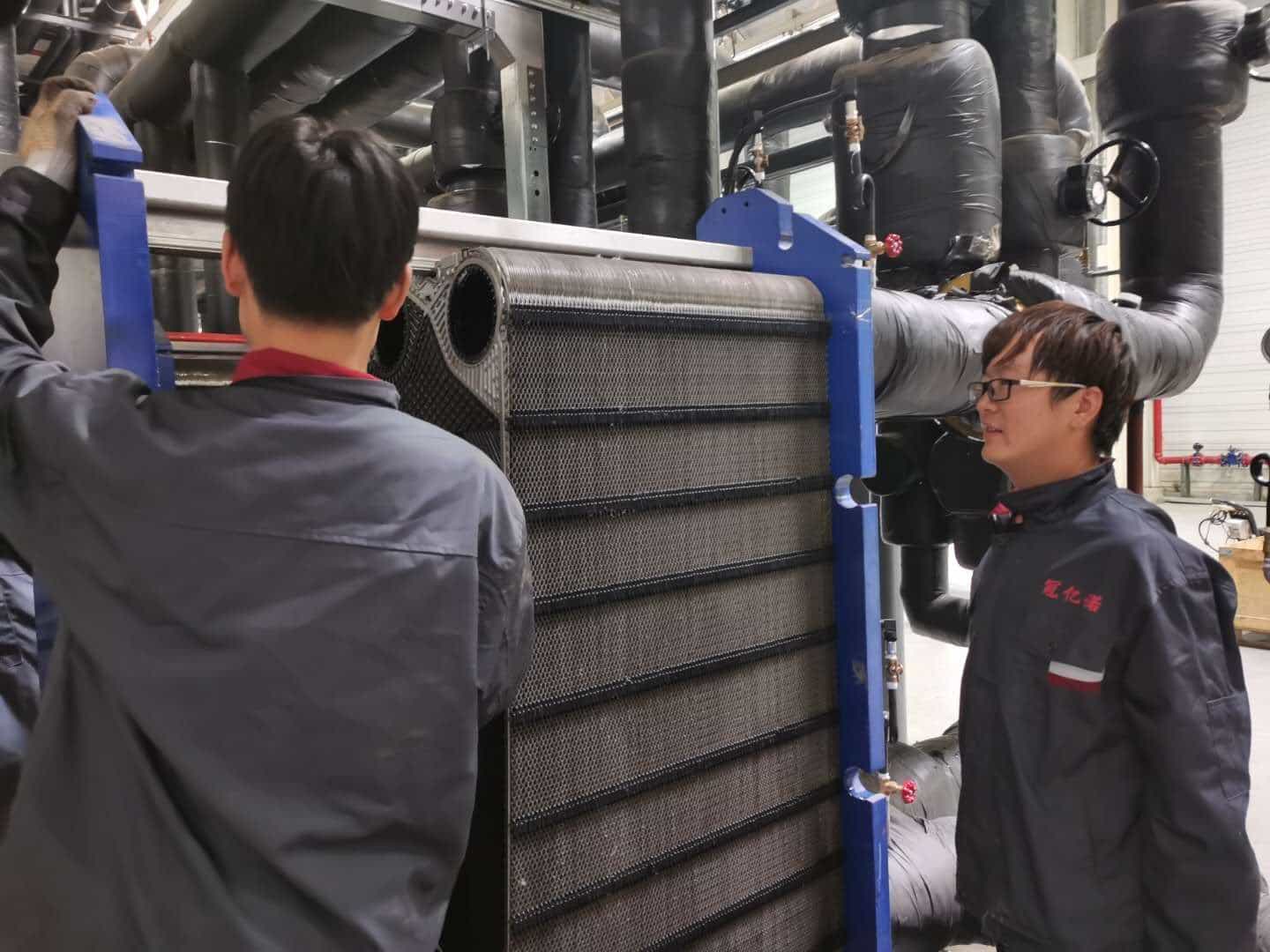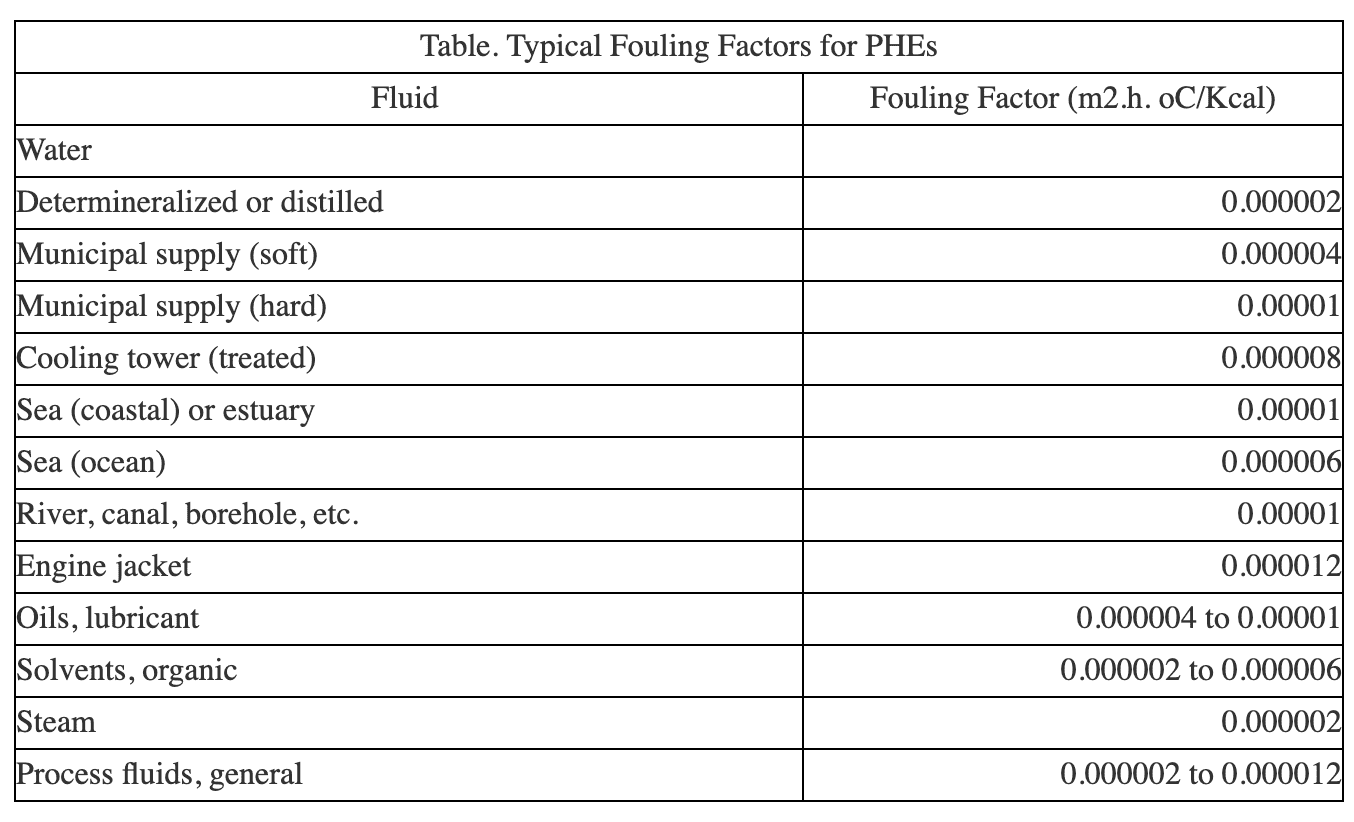Plate Heat Exchanger Cleaning
- Home
- Equipment and Ability
- Heat Exchanger Fouling And Cleaning
With the rapid development of modern industry, heat exchanger equipments are used for a long time. It is no doubt that a lot of fouling such as coking, oil dirt, scale, sediment, polymer, corrosion, mold and others will be produced. And the heat exchanger plate is the core component of the heat exchanger, if the cleaning methods are not scientific, it will directly cause various economic losses, and even malignant accidents may be happened.

Cleaning heat exchanger equipments becomes an important indispensable part in the industrial production; therefore it is preferable for you to choose professional cleaning company. Grano having trained maintenance engineers tries its best to develop environmental protection cleaning technologies, combined with years of service experiences, to provide quality services for you.

Cleaning procedures
- Preliminary Check: Establishing the archive information about stainless steel sheets and gaskets used in the high temperature, corrosive medium, deciding and analyzing preliminary the corrosion of the plates and the aging of gaskets, then we can make a reasonable cleaning program.
- Dismantling gasket: During dismantling gaskets on each plane carefully, we will take appropriate protective measures to prevent gaskets damaged.
- Cleaning plate: We will put the plates in professional cleaning devices. In the whole process of cleaning, the strict control procedures ensure plates cleaning thoroughly. We have formulated different cleaning solutions for different conditions.
- Penetrant examination: By using dye penetration examination to check plates after our cleaning, to ensure there are not cracks, corrosion points and other defects on the plates as new products.
- Recleaning: After dye penetrant testing, we would like to clean them again, and then dry them thoroughly by compress air to ensure that the surfaces look bright and clean as new products.
- Surface checking: Check the cleaned plates again and put in order, wait for the follow-up work.
- Assembling gasket: Assemble gaskets on cleaned plates
- Packing and shipping: Pack plates with professional packaging tools. During the transport process, we use the corresponding measures to prevent scratching plates
